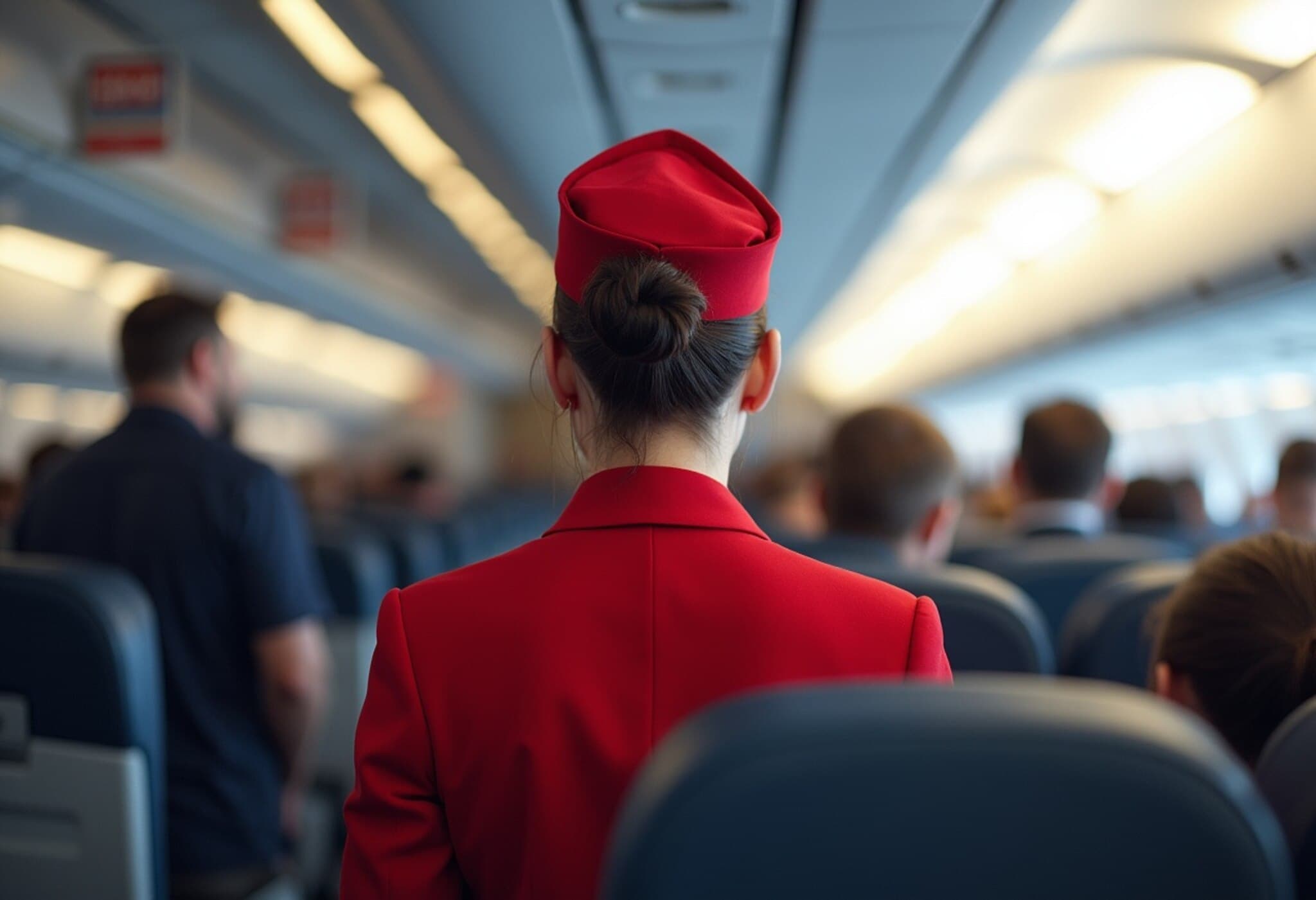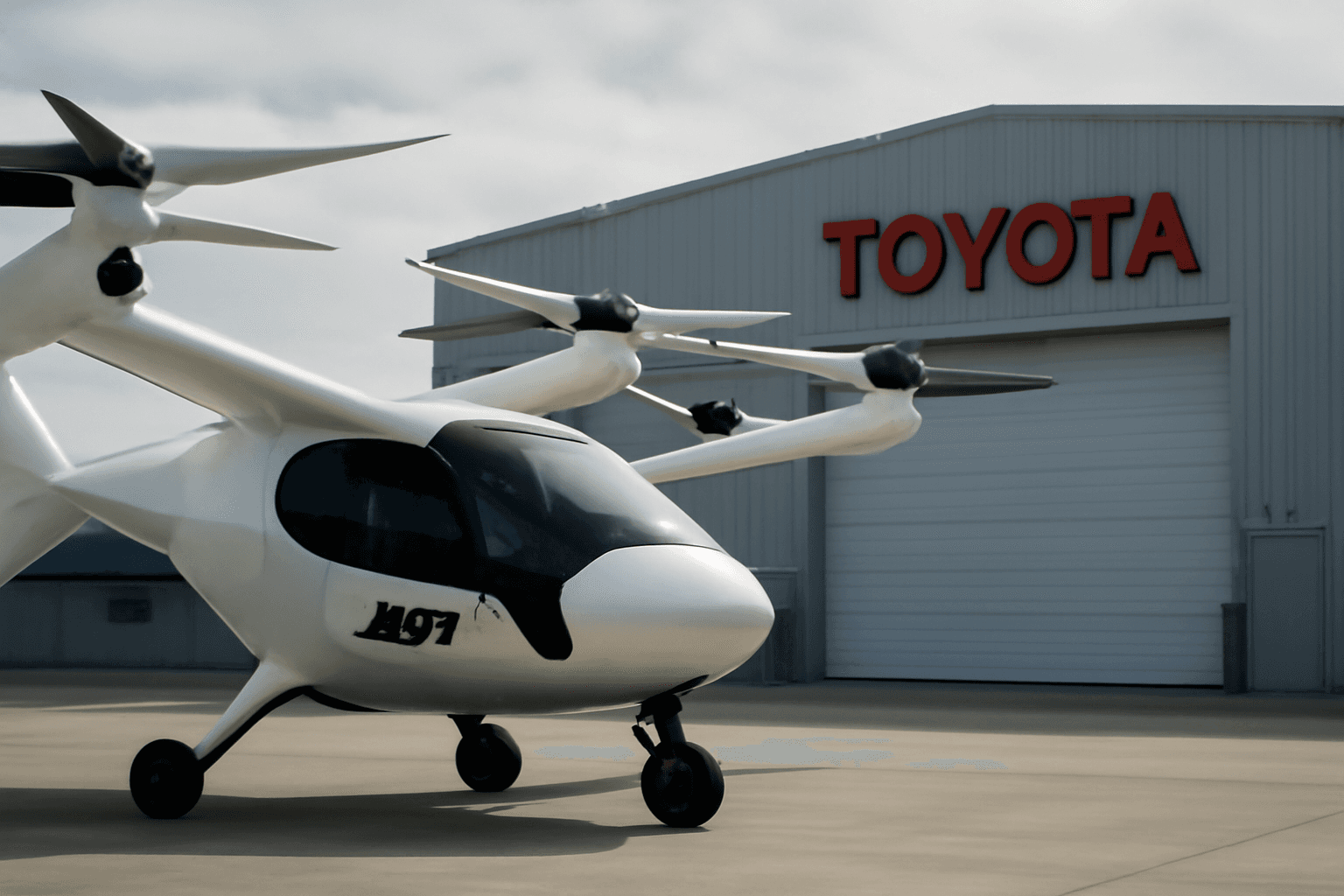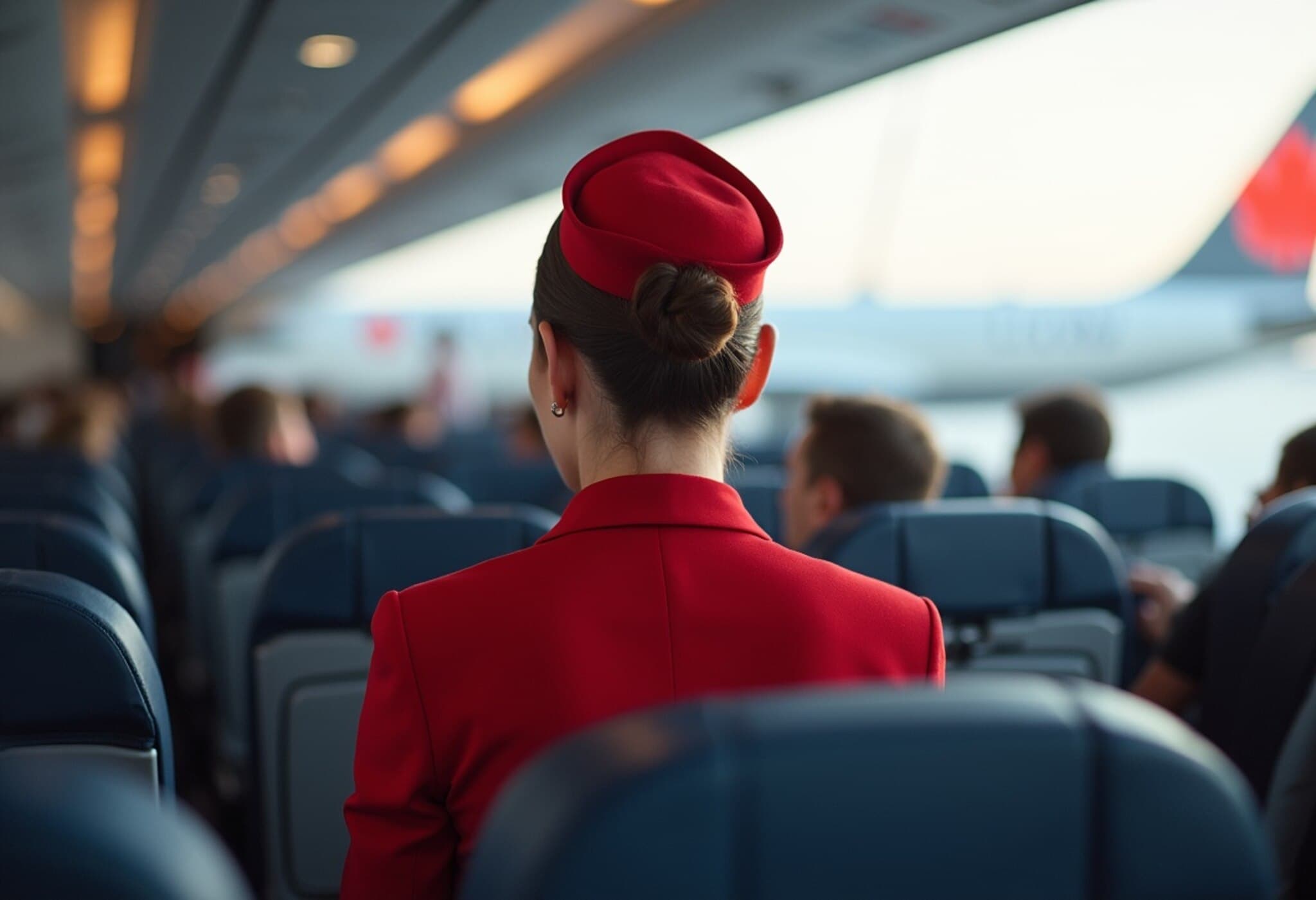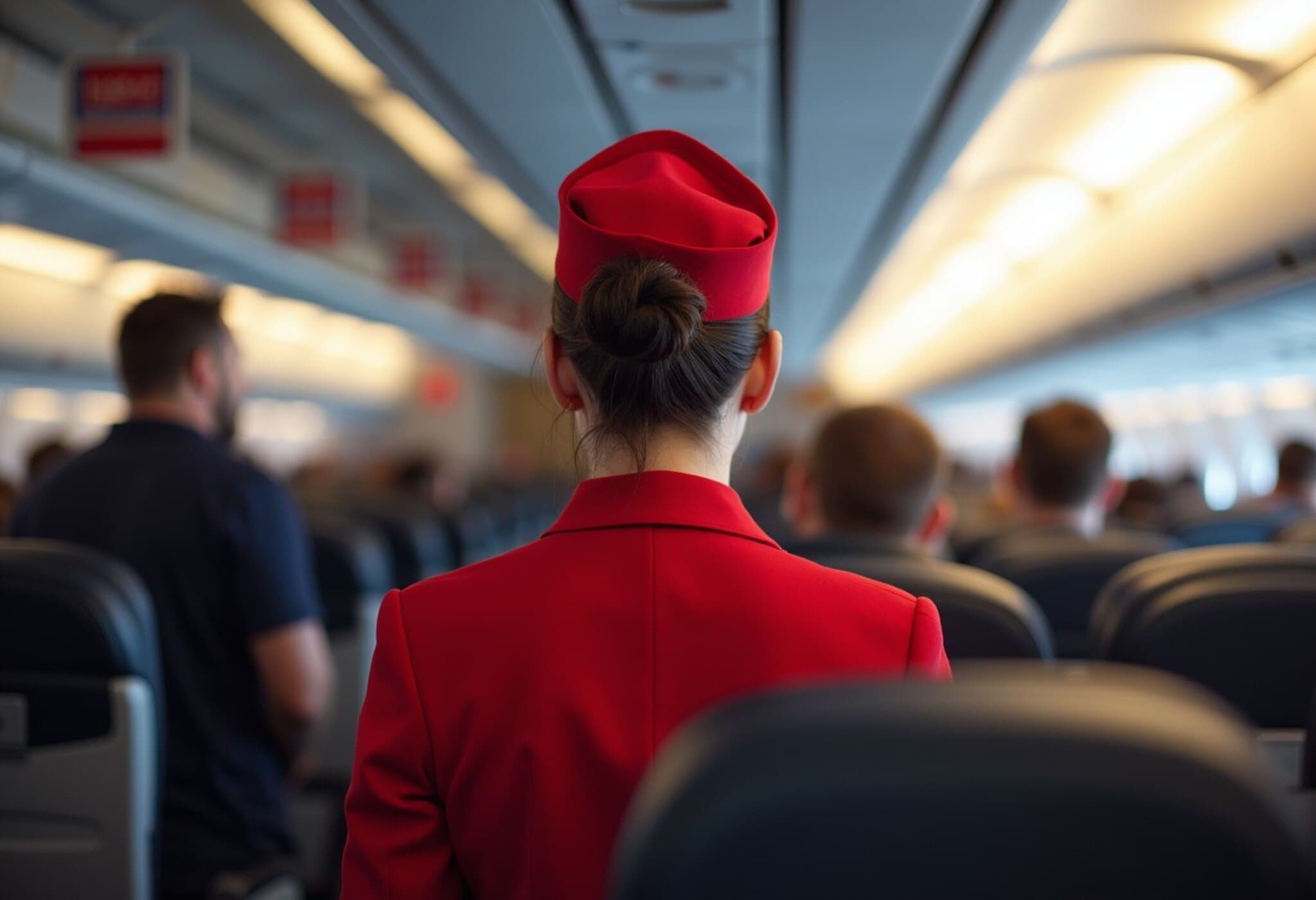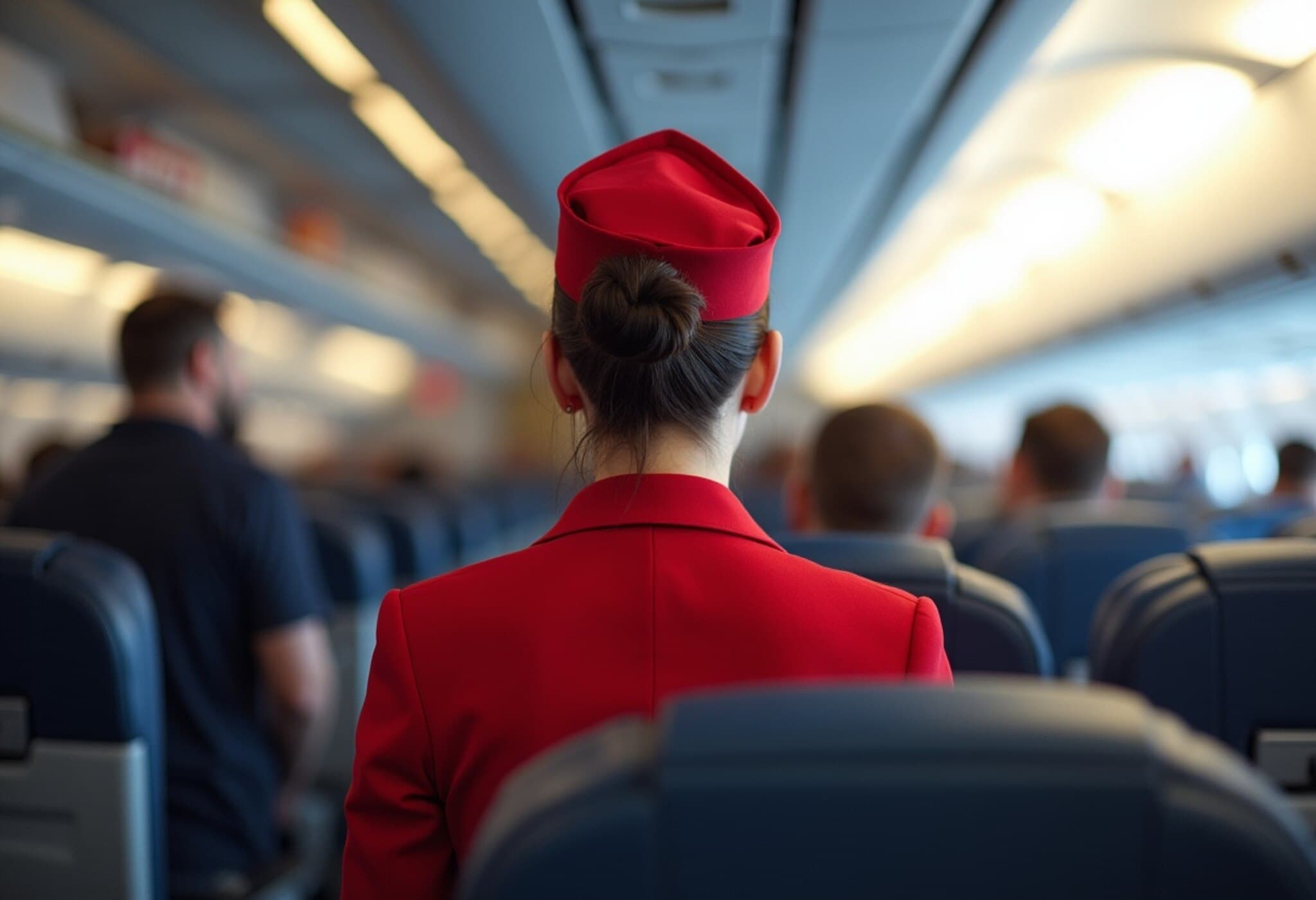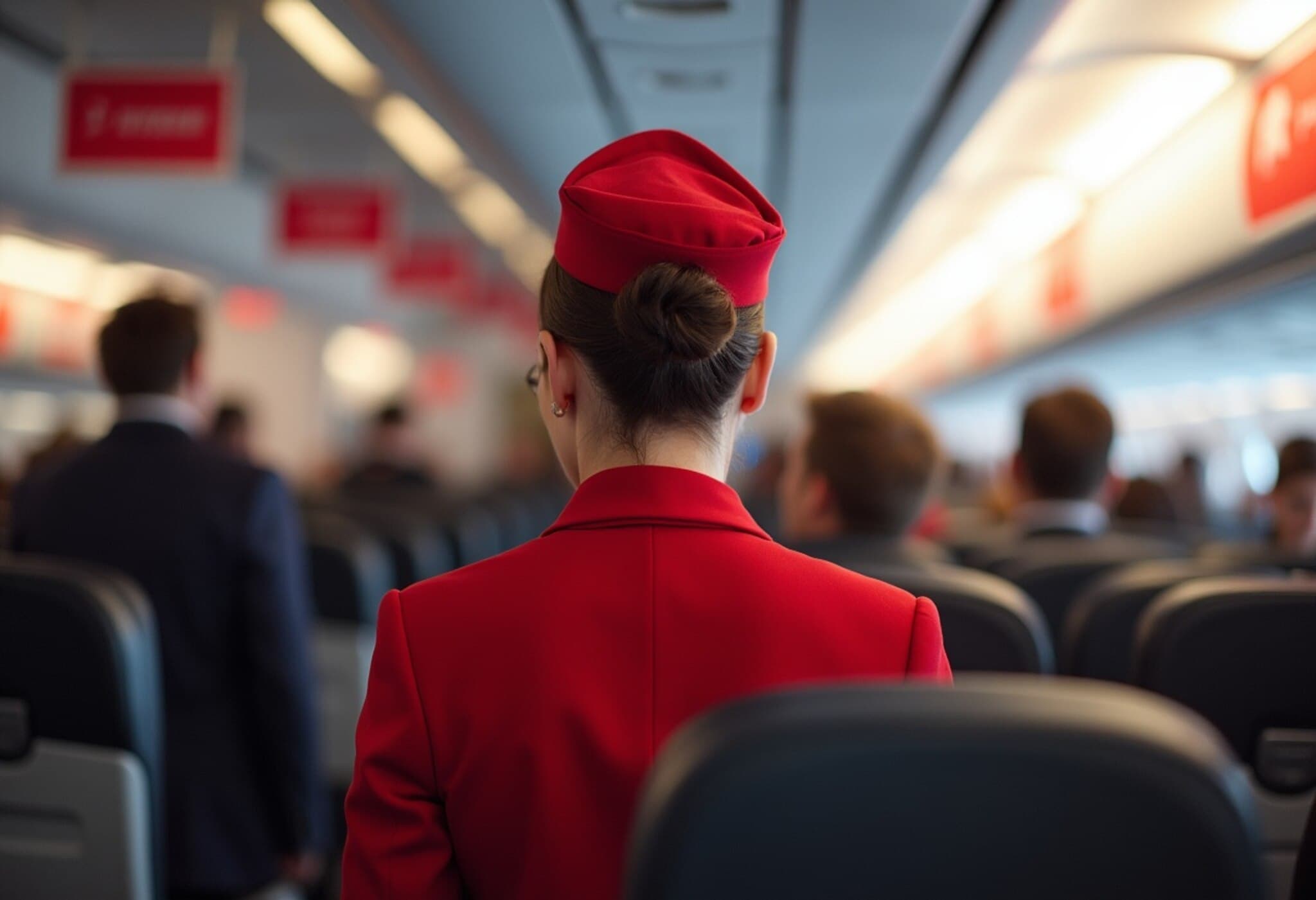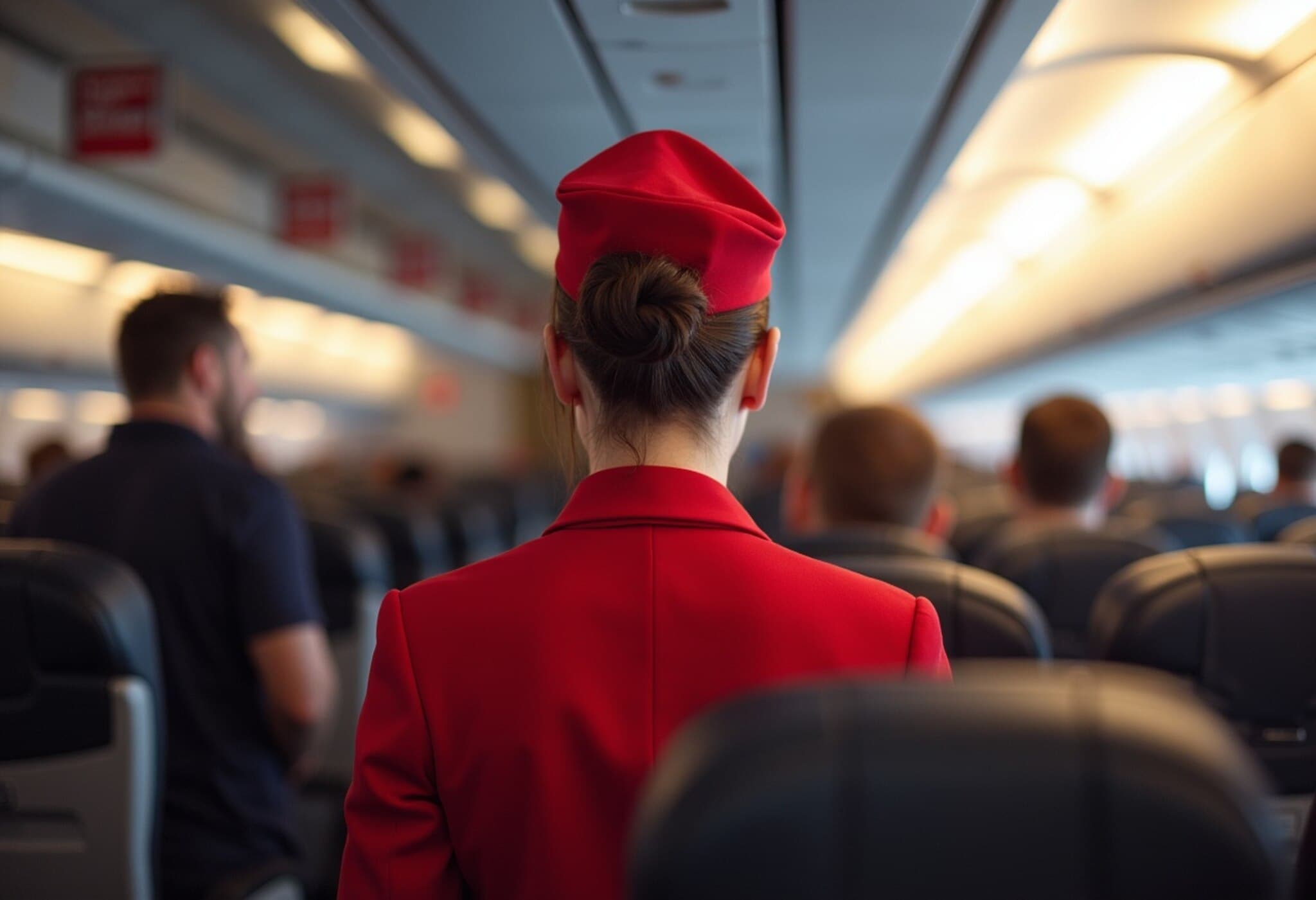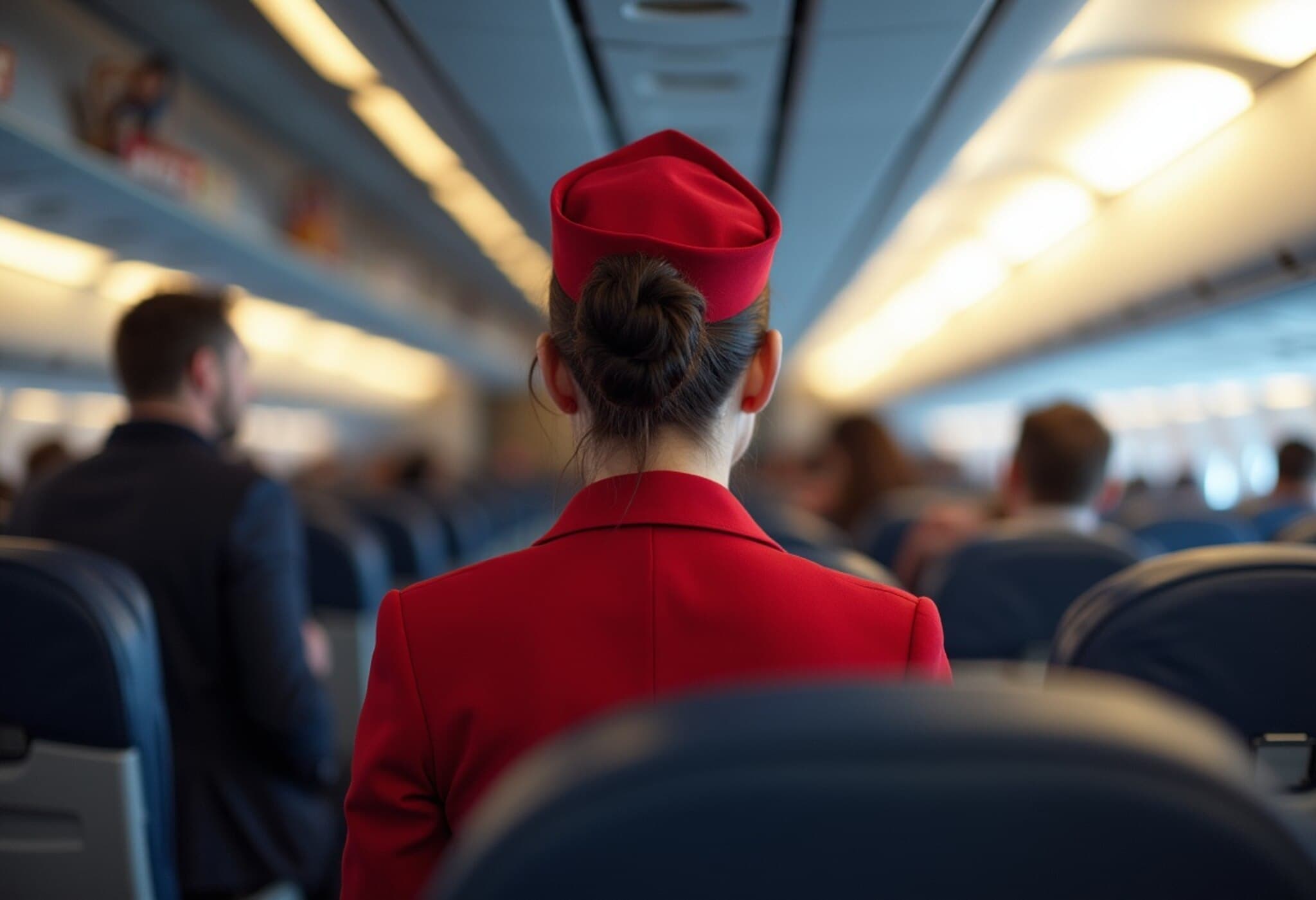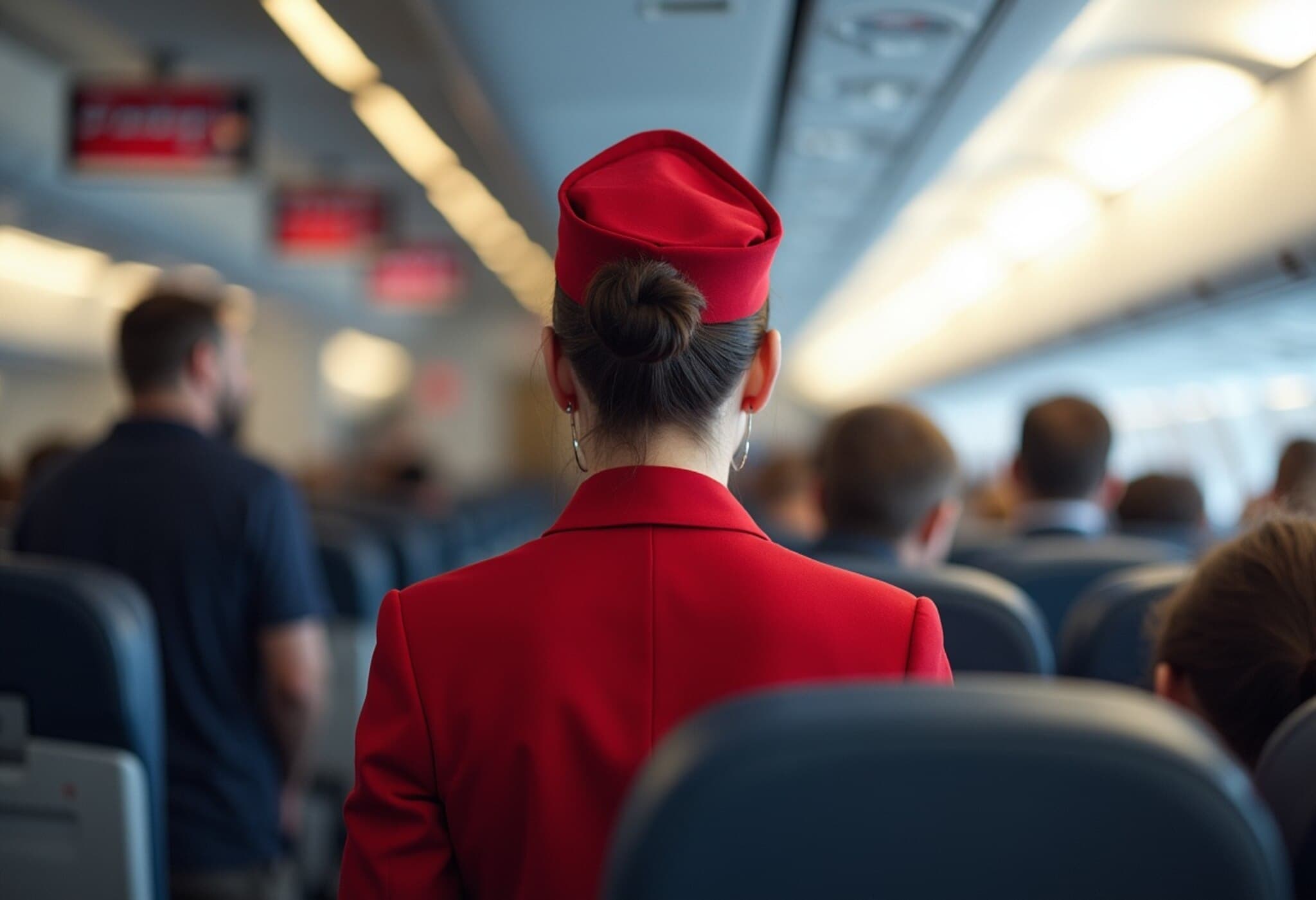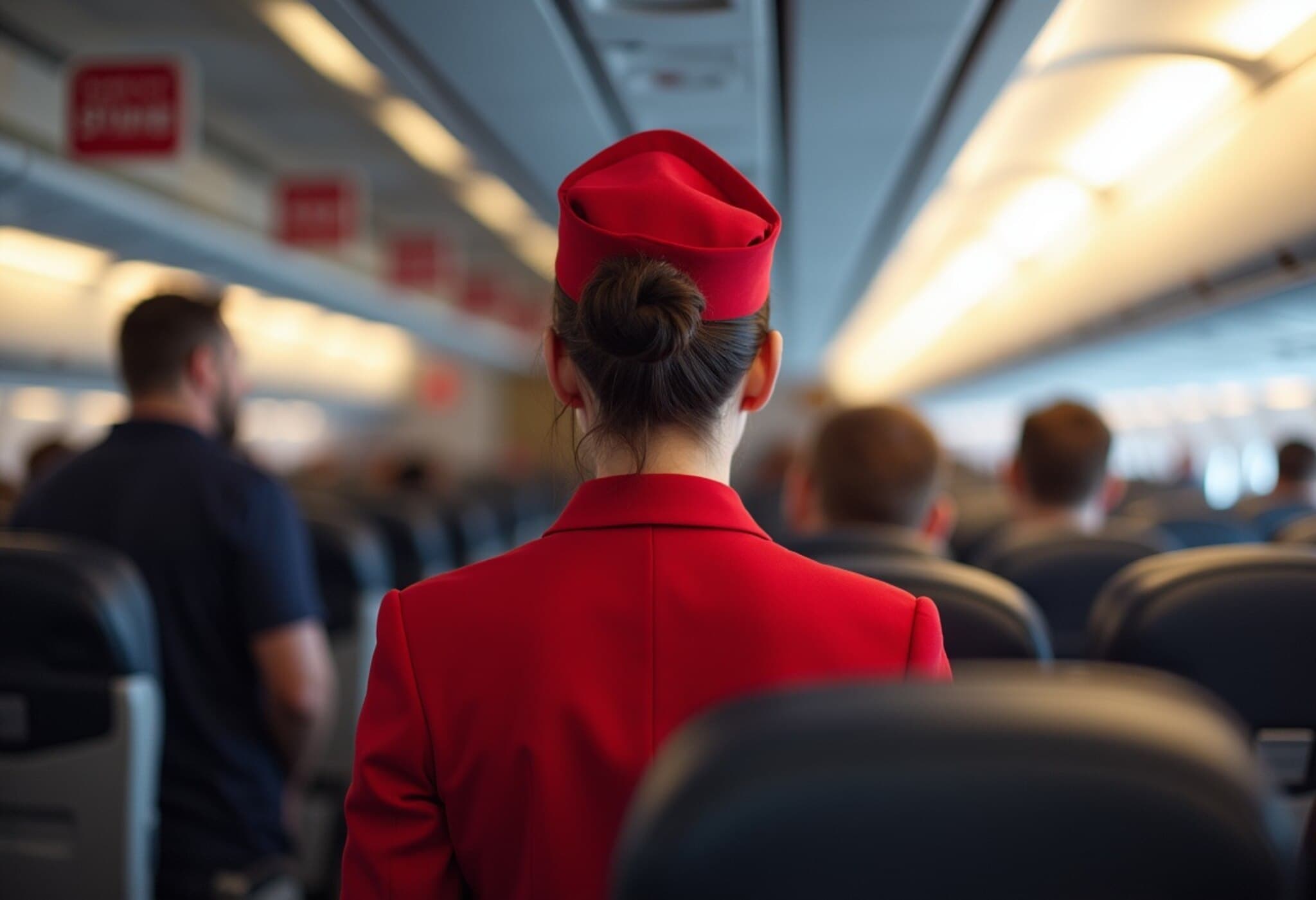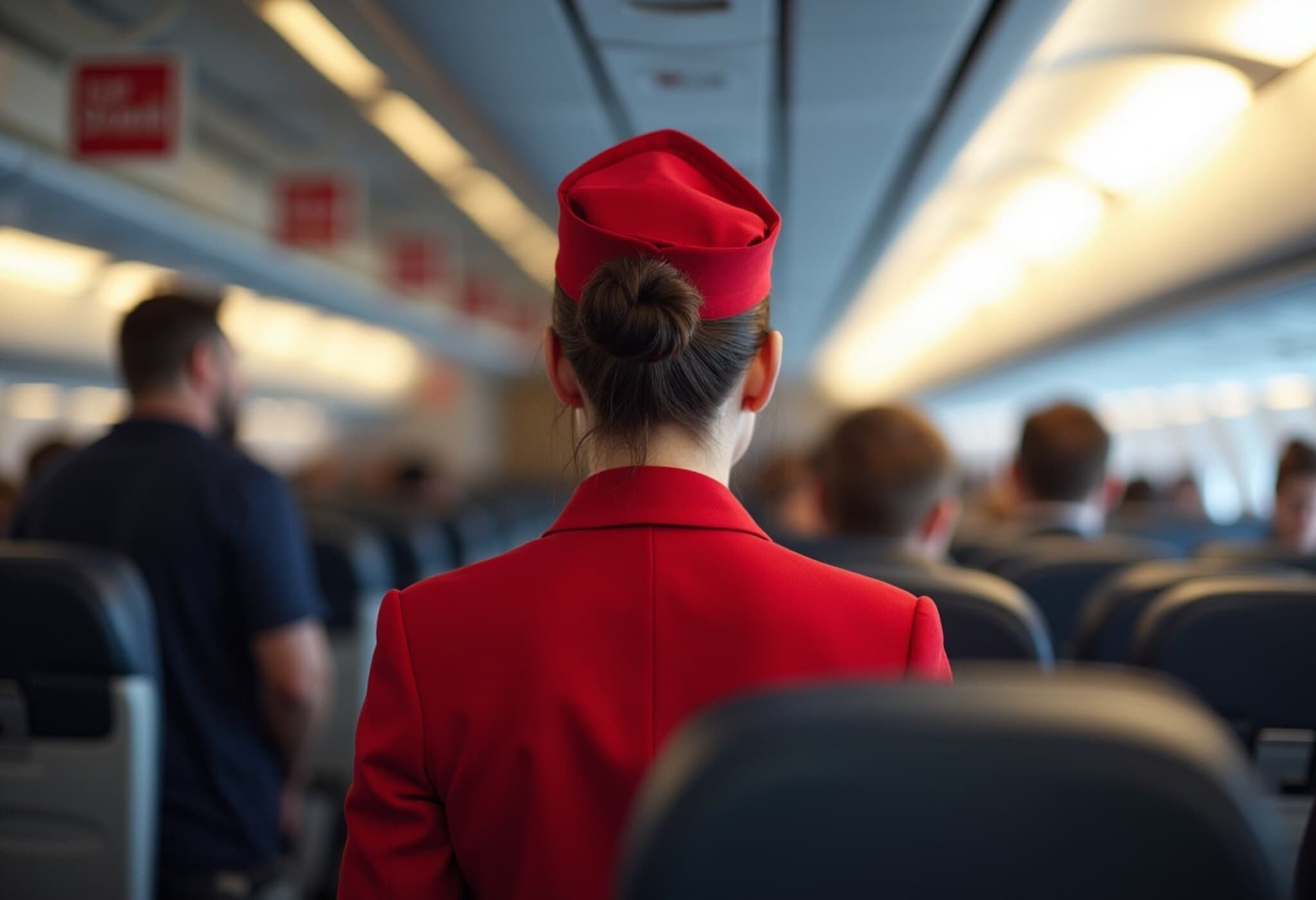Air Canada Service Resumption Delayed Amid Flight Attendants’ Defiance
Air Canada, Canada’s largest airline, has postponed plans to resume its operations after the union representing 10,000 flight attendants refused to comply with a federal return-to-work order. The ongoing strike, now entering its third day, has disrupted approximately 130,000 travelers daily, underscoring the significant impact on Canada’s critical summer travel season.
Government Orders Return to Work, Union Pushes Back
In a decisive intervention, the Canada Industrial Relations Board (CIRB) mandated that Air Canada employees return to work by 2 p.m. Sunday. The federal government sought to restore air travel by directing binding arbitration to resolve contract disputes. Air Canada initially planned to resume flights Sunday evening, but this timeline was thwarted when the Canadian Union of Public Employees (CUPE), representing the flight attendants, openly declared they would disobey the directive.
Mark Hancock, CUPE National President, emphatically stated at Toronto’s Pearson International Airport, “Our members are not going back to work. We are saying no,” highlighting a profound breakdown in labor negotiations and signaling a deep-rooted standoff.
Union Leaders Challenge Legality of the Order
Hancock also described the government’s directive as unconstitutional and unfair, promising legal challenges ahead. Outside the airport, flight attendants demonstrated their resolve with chants of “Don’t blame me, blame AC,” emphasizing that their dissatisfaction centers on Air Canada’s employment terms rather than governmental interference. The union opposes the proposed terms of pay and unpaid duties that they believe undervalue the intensity of their work amid soaring inflation.
Economic Ripples Amid Peak Travel Season
Air Canada operates roughly 700 flights daily, and with the shutdown, the economic repercussions ripple across tourism, business travel, and related service sectors. Many travelers like Mel Durston from England shared frustrations about disrupted plans to explore iconic destinations, such as the Canadian Rockies. Domestic tourists from Calgary to Toronto incurred extra expenses—James Hart and Zahara Virani, for instance, had to shell out an additional CA$2,600 for alternative flights, highlighting the personal toll of the dispute.
Government’s Balancing Act: Economic Stability Versus Labor Rights
Federal Jobs Minister Patty Hajdu acknowledged the delicate balance, stating the government is closely monitoring the situation. She cited the need to sustain economic momentum and flagged new U.S. tariffs on Canada as a reason why the timing of the strike could not be risked. However, the minister stressed the CIRB’s independent role and emphasized that the government does not intend to be anti-union, underscoring the complexity of labor-law interventions in a democratic society.
Contract Negotiation Deadlock
Negotiations between Air Canada and CUPE have dragged on for over eight months without a breakthrough. While Air Canada offered a 38% total compensation increase over four years—projected to make its flight attendants the highest paid in Canada—the union felt an initial 8% raise fell short given the current inflationary pressures. The ongoing impasse notably centers on pay equity and unpaid responsibilities when flights are grounded, issues emblematic of broader debates around labor conditions in the post-pandemic era.
Broader Context: Labor Disputes and Government Arbitration in Canada
This dispute is part of a larger trend of labor unrest across Canada, with the government previously stepping in to force arbitration during railway strikes, a move that remains contested by unions. These interventions raise critical questions about the future of collective bargaining and the role of government in mediating labor relations during economic uncertainty.
What’s Next for Travelers and the Industry?
- Passengers affected by cancellations can request full refunds directly through Air Canada’s platforms.
- The airline is attempting to reroute customers via partner carriers, though limited availability is a challenge amidst peak travel.
- As the standoff continues, questions linger about how long the strike might last and its long-term impact on Air Canada’s reputation and customer loyalty.
Editor’s Note
This unfolding labor dispute at Air Canada spotlights the enduring tension between fair labor compensation and the economic imperatives of a major national carrier. It invites reflection on the broader implications of government-imposed arbitration and union resistance, especially within vital industries. For travelers and policymakers alike, the situation underscores the need for collaborative dialogue that respects workers' rights while ensuring the continuity of essential services.

